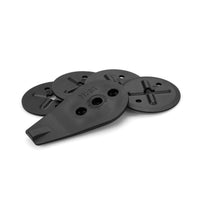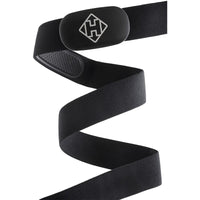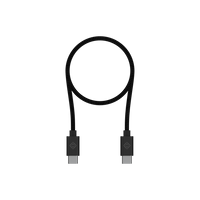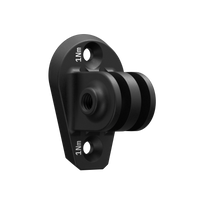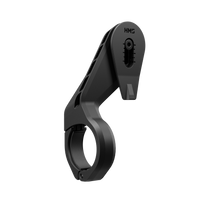A Simple Guide to Understanding Cycling Cadence and How to Measure It
Cycling cadence is how many complete revolutions a rider makes with their pedals in a minute. For such a simple action as pedaling a bicycle, we can do a fair amount of analysis into the pedal stroke, how power is made, what cadence range is most efficient, and factors that can influence your pedaling.
What is cycling cadence?
Cycling cadence is the measurement of how fast your pedal. The metric is rpm, for revolutions per minute. One, complete 360-degree rotation counts as a single revolution.
How can a bike computer help you measure cadence?
A bike computer is necessary for knowing your cycling. While the cycling computer does not actually measure the cadence, the screen is what displays the cadence, just like your vehicle’s dashboard doesn’t measure your engine’s rpm but it shows it for you to see. Unlike your car, however, your bike computer also records your cadence in line with all the other metrics of your ride, so you can do analysis after the ride.
There are two ways to measure cadence: with a cadence sensor, or with a power meter.
A cadence sensor is the cheapest option, and most models use a magnet that is fastened to one of the bike’s crank arms and then a sensor that measures the magnet’s rotation. The cadence sensor sends the RPM information to your bike computer in real time.
A power meter is the more advanced way to measure the effects of your pedaling. In cycling, your power output is measured in watts, and the formula is torque X cadence = power. Pushing harder and/or pedaling faster generates more power. Simple, right? The nuance comes when you experiment with finding what the most powerful cadence is for a given duration. Sometimes newer riders will shift their bike into a bike gear and push really hard (generating high torque), but because their cadence drops their power is actually lower than if they kept the bike in the same gear and simply pedaled faster.
Whether you opt for a cadence sensor or a power, you need to have a bike computer to see the data in real time and record it for analysis later.
Do you need a bike computer with cadence?
Virtually all bike computers come with data fields to display cadence. So if you get a bike computer, that is basically a given.
Bike computers can be set up with various screens that you can scroll through while riding, and most riders set their primary screen to display the most important data fields to them. Often these include a map, time, power (if you have a power meter), heart rate, and cadence.
Many workouts specify a cadence range. Most riding is done at a higher cadence, in the 70-90rpm range, but some workouts call for low-cadence drills to work out muscle recruitment, or high-cadence drills to work on having a very smooth, efficient pedal stroke.
What is a good cadence for cycling?
There is no one perfect number that applies to all riders, but as a rule of thumb, 70-90rpm is typically a good range for most cyclists. Professional riders often race at a higher cadence.
For beginner cyclists
For beginner cyclists, the main thing is to get out there and have fun on the bike. Riding regularly will help you feel comfortable and confident on the bike. Once you are comfortable riding, then it can be useful to start paying attention to your cadence. Spinning at a higher cadence might feel unnatural at first, but it can ultimately make propelling your bike easier because you are utilizing your body’s aerobic system as well as your musculature, which is what get primarily used when you pedaling slowly but forcefully.
For intermediate cyclists
Intermediate cyclists can benefit from cadence drills to smooth out their pedal stroke. Having a high cadence is an efficient way to pedal, as you are utilizing both muscle force and your body’s aerobic system. But the rapid-fire motion, like anything, can be less than perfect initially. So practicing a high cadence at both high force and low force is a great exercise to train the body to be efficient.
For expert cyclists
Expert cyclists likely have a good understanding of how their body works on the bike, and what different levels of power output feel like on the bike. Still, it can be helpful to pay specific attention to cadence from time to time, whether during workout intervals or even during competition.
Reviewing the correlations between power output, cadence range, and perceived effort can be particularly insightful for the expert cyclist. Just like with the beginner cyclist, what ‘feels’ like the most powerful cadence might in fact not be the most efficient, and being able to monitor the relationship between cadence and power in real time and in post-ride analysis can be enlightening and actionable.
Key takeaways
As riders, we cannot control the terrain or the wind or the speed of the group we are riding with. We can, however, control our cadence. And the simple act of pedaling a little bit faster can often make us more efficient as athletes. Having a cadence sensor or power meter sending data to a bike computer is an excellent source of actionable data.


